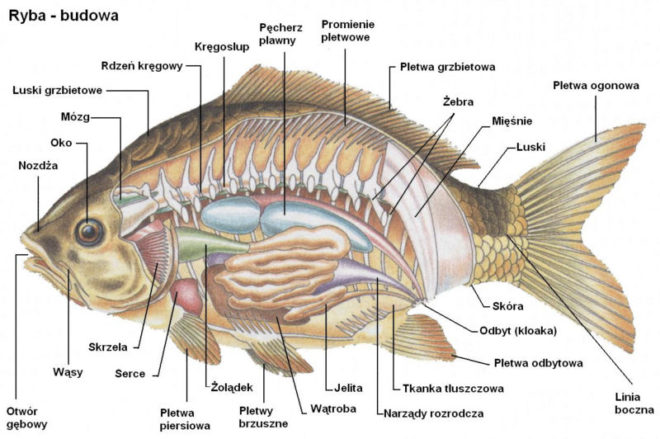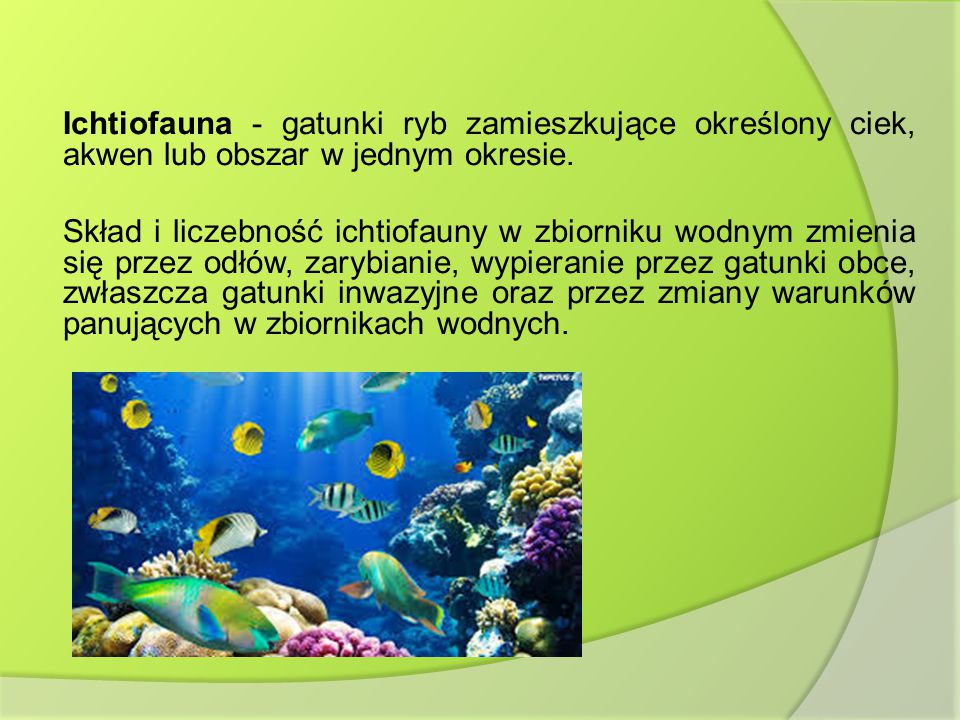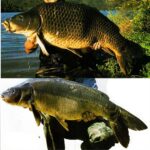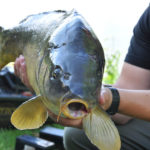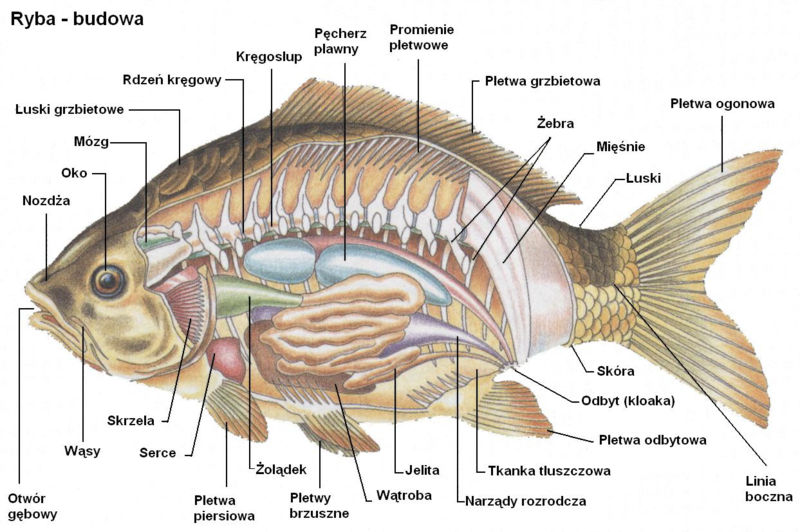 W systematyce biologicznej ryby zalicza się do kręgowców. Z punktu widzenia ewolucji należą do najstarszych kręgowców — zaczęły rozwijać się już w sylurze i dewonie (paleozoik). Jednak dopiero w erze mezozoicznej pojawiły się pierwsze ryby kostnoszkieletowe, a jeszcze później, w trzeciorzędzie, ukształtowali się przodkowie dzisiejszych ryb.
W systematyce biologicznej ryby zalicza się do kręgowców. Z punktu widzenia ewolucji należą do najstarszych kręgowców — zaczęły rozwijać się już w sylurze i dewonie (paleozoik). Jednak dopiero w erze mezozoicznej pojawiły się pierwsze ryby kostnoszkieletowe, a jeszcze później, w trzeciorzędzie, ukształtowali się przodkowie dzisiejszych ryb.
Ryby stanowią najliczniejszą grupę w obrębie kręgowców; na przykład w wodach Słowacji żyje około 70 ich gatunków. Ogółem opisano dotychczas około 20 000 rozmaitych gatunków, z czego większość to ryby morskie.
Cykl życiowy ryb – jako organizmów wodnych – przebiega w wodzie. Środowisko to znacznie różni się od lądowego (m. in. tym, że woda jest aż 770 razy cięższa od powietrza) i stawia zwierzętom o wiele większe wymagania (w wodzie np. trudniej się poruszać, bardziej skomplikowane jest oddychanie). Życie w tych warunkach umożliwia rybie zarówno budowa ciała i poszczególnych organów, jak i specyficzny przebieg procesów biologicznych. Ciało ryby zbudowane jest tak, aby stawiało wodzie jak najmniejszy opór i żeby ryby poruszając się zużywały jak najmniej energii. Składa się z głowy, tułowia i ogona, przy czym jedna część przechodzi w drugą w sposób płynny. Wymaganiom środowiska pozwalają sprostać wyrostki na ciele ryb – płetwy – zbudowane i umieszczone tak, że nie tylko nie przeszkadzają przy ruchu w wodzie, ale ułatwiają go. Większość ryb ma ciało wrzecionowate lub strzałowate (np. wszystkie łososiowate, szczupak, brzana, kleń). Ciało ryby zaczyna się z reguły spiczastą głową, dalej stopniowo przechodzi w tułów najszerszy zazwyczaj przed płetwą grzbietową. W kierunku ogona ciało ryby zwęża się tworząc przed płetwą ogonową trzon ogonowy (bywa różnej długości). Niektóre ryby – np. węgorz, piskorz, miętus – mają kształt wężowaty.
Ogólnie można powiedzieć, że ukształtowanie ciała ryb uzależnione jest od środowiska, w którym żyją. Wyróżniamy w związku z tym dwie grupy:
– ryby wód bystrych,
– ryby wód spokojnych.
Przedstawiciele jednej grupy różnią się od przedstawicieli drugiej przede wszystkim budową ciała. Niewielkie różnice występują także między gatunkami wchodzącymi w skład jednej grupy. Inaczej np. zbudowane są ryby żyjące przeważnie w strefie dennej, inaczej ryby żyjące w wolnej przestrzeni wodnej, a jeszcze inaczej te przebywające stale przy powierzchni wody. Różnią się także wyglądem ryby głębinowe od ryb stref płytkich.
